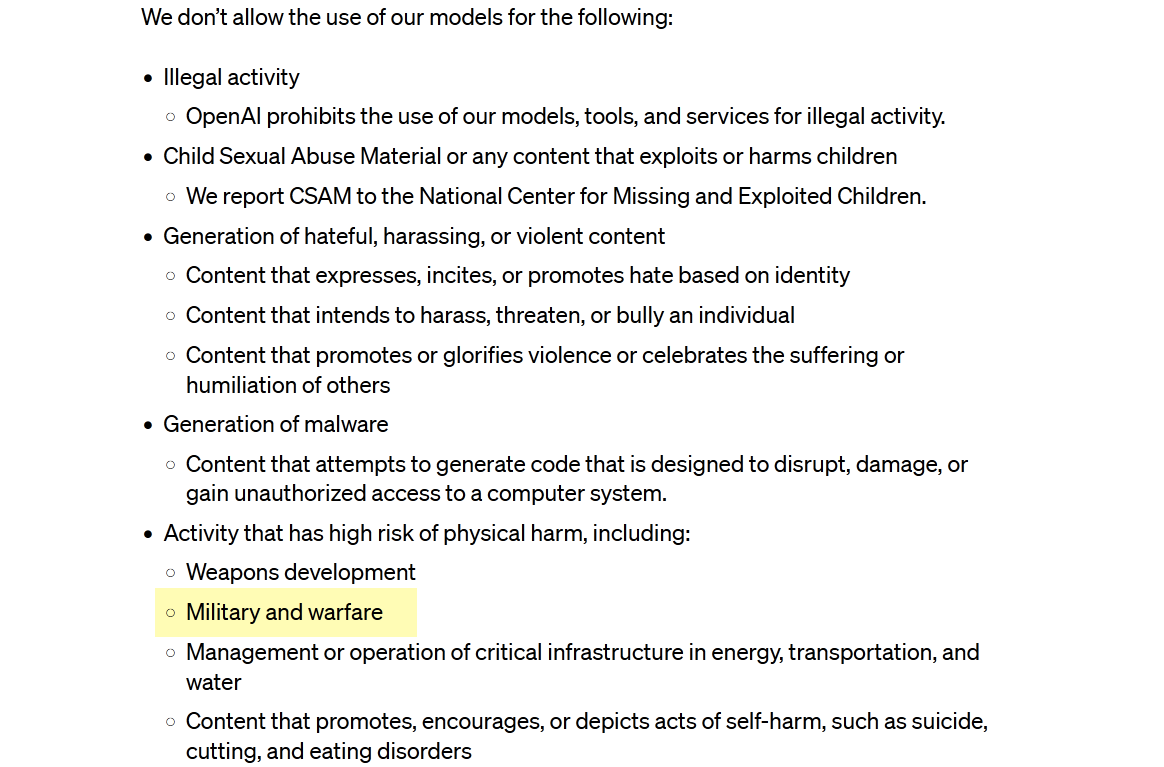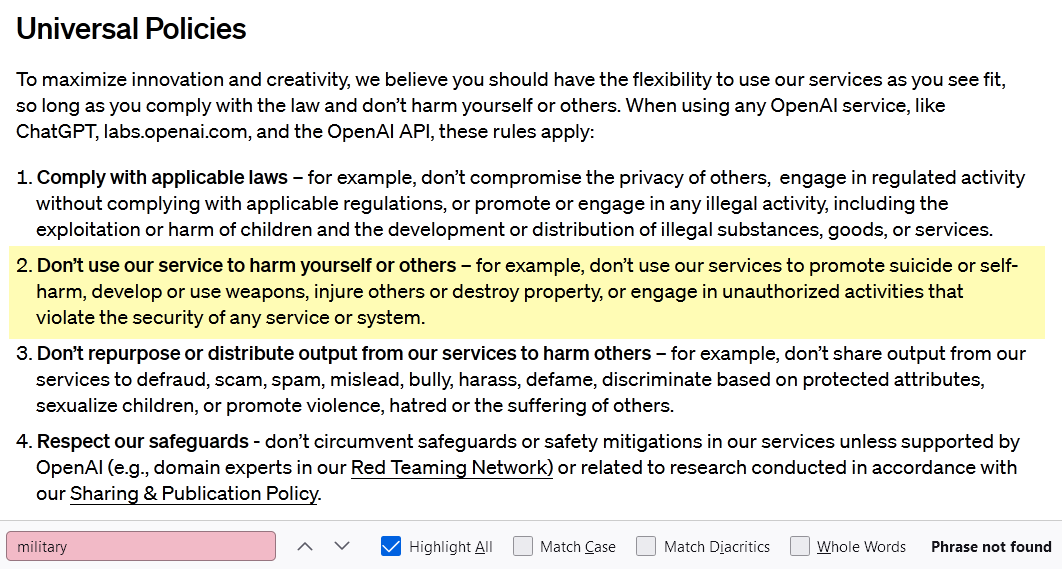
Taiwanese electric two-wheeler maker Gogoro has deferred its highly ambitious plans for India, as New Delhi has not yet launched an anticipated scheme for battery swapping, a company executive said. In the meantime, the company has started a bike-taxi pilot with aggregator Rapido to test its vehicles before their commercial release.
Gogoro is “forced to wait for the finalization of incentive schemes” from the Indian government before ramping its vehicle sales and battery pack production in the country, co-founder and CEO Horace Luke said during the company’s Q2 earnings call on Thursday.
“We had forecasted revenue from India for 2024, but due to the delay in implementation in subsidies to include battery swapping vehicles, most of it is now projected for 2025,” the executive told investors.
Luke also underlined the company was working with the Indian heavy industries ministry to ensure that the expected iteration of the government’s Faster Adoption and Manufacturing of (Hybrid &) Electric Vehicles (or FAME 3) will offer the same benefits to battery-swapping vehicles and infrastructure that it gave to charging electric vehicles earlier.
In 2019, the Indian government released FAME 2 with a budgetary allocation of $1.19 billion (10,000 crores Indian rupees) to provide subsidies to EV buyers in the country. It was expanded to over $13 billion in February this year, though the scheme lasted until March 31.
Despite delaying its original plans, Gogoro is bullish on India, as its homegrown market is stagnant. In December, the company launched its battery-swapping network and three smart scooters in the Indian market to begin its expansion.
“We are still operating at a loss and still investing for growth because we believe the markets that we are targeting. India, Southeast Asia, and other markets are ripe for electric vehicle disruption,” Luke said on the earnings call.
Gogoro has launched a pilot program with ride-hailing startup Rapido, the executive said, without disclosing further details.
Rapido co-founder and CEO Aravind Sanka confirmed to TechCrunch that the pilot is currently live in New Delhi, with plans to have around 1,000 Gogoro vehicles.
Depending on the pilot’s success, the companies will decide on its expansion, Sanka said.
Gogoro started looking at India as its next big market in 2021 by tying up with Indian automobile giant Hero MotoCorp. It also invested $1.5 billion in Maharashtra last year and backed EV fleet management startup Zypp Electric in its $25 million round to test operations in the country.
On the earnings call, Luke said Gogoro is “actively collaborating with five Indian local electric two-wheeler OEMs and have commenced vehicle testing for the deployment of these powered by Gogoro network solutions” in the country.
“These collaborations bring to market a variety of products at lower price points, and the initiation of testing these solutions marks an exciting step forward in expanding our presence and providing a wider range of vehicle options to B2B customers in India,” he said.
In an interview with TechCrunch last year, Luke stated the company had invested “tens of millions” of dollars in India and is set to put more money in.
In Q2, Gogoro saw over 6,500 backlog orders for its Pulse and JEGO vehicles, valued at $12.3 million. However, the company noted in its 2024 guidance that the Taiwanese two-wheeler market is softer and “strong sales” of its JEGO put the average sales price pressure.
Why Gogoro picked India as its new go-to market




